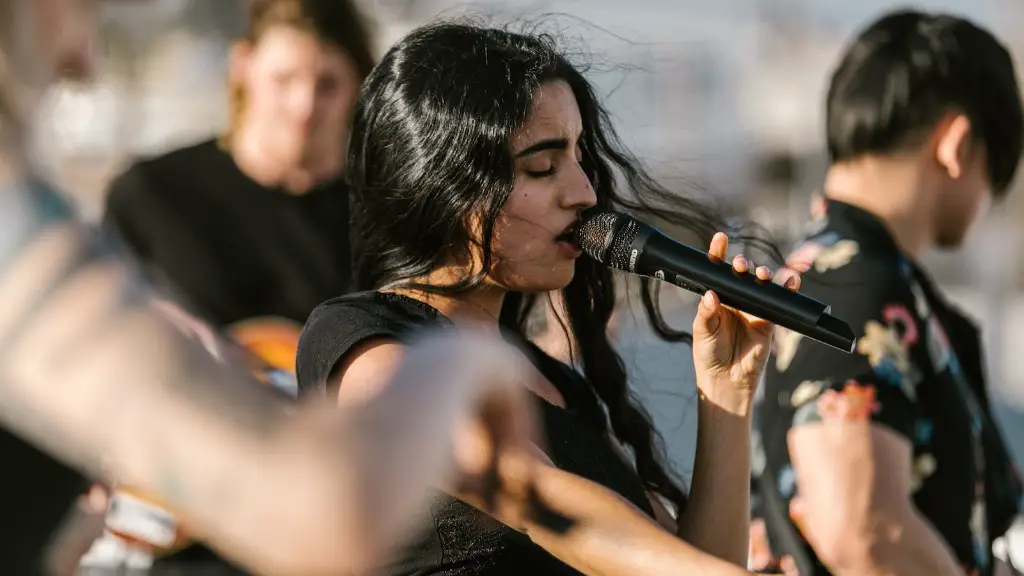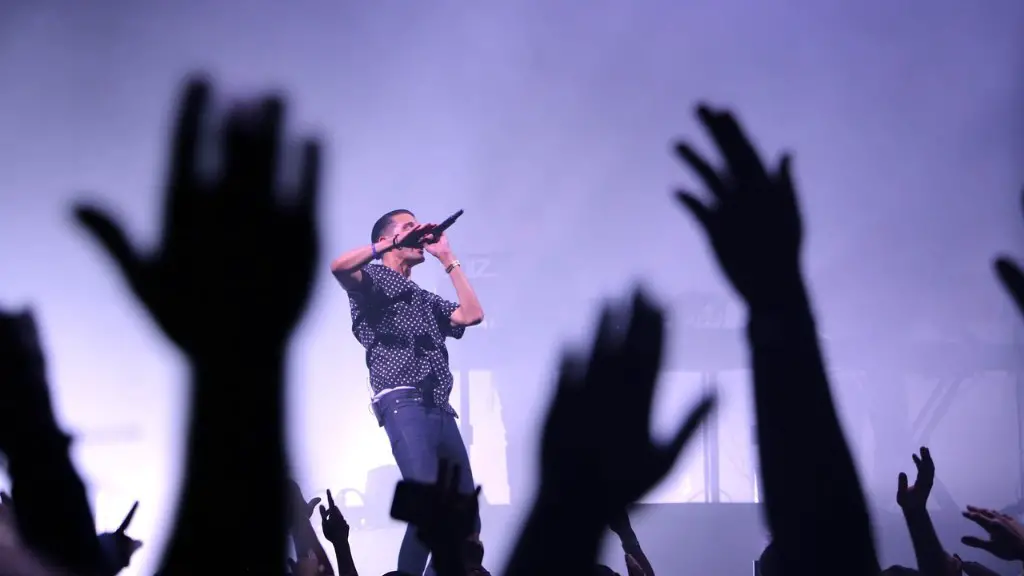Drawing a cute horse is easy with a few simple steps. Most people are intimidated by the thought of drawing an animal – especially an equine – because they assume it’s beyond their artistic capabilities. But with a few tips and some practice, you’ll be drawing rocking horses in no time!
To start off, get your materials ready – You’ll need paper and a pen or pencil. You don’t need any elaborate tools – just something simple and straightforward that you can draw with. The paper should be thick enough not to smudge, but thin enough to easily move the pen or pencil around the surface. You’ll likely need an eraser or two, too – You’ll want something to erase any mistakes you make as you go.
Now it’s time to get down to business – The best way to draw a cute horse is to make sure you have a reference picture. Look at the picture and identify the parts of a horse – eyes, ears, nose, mouth, body and legs. Look at the physical characteristics of the horse – its size, the length of its mane, the overall shape of its body, etc. This will help you get an idea of how the horse should look. Then, make sure to sketch the outline of the horse before filling it in. It’s important to draw the basic shape of the horse before going into detail to make sure it looks right.
Once you have the outline in place, it’s time to add the details. Start with the face and mane – look at your reference picture to get an idea of what the horse should look like. Use light strokes to make sure you don’t make any mistakes. For the body, start with the chest and shoulders, then add the back and hindquarters. Draw the legs from the knees down and don’t forget to add the tail. Erase any mistakes as you go and use your reference picture to make sure the horse looks right.
The last step is the fun part – adding color! You can use colored pencils, markers or watercolors to make your horse come to life. Start with the coat – you can use light and dark shades of the same color to add texture. You can also add highlights and shadows to make the horse look even more realistic. Once you’re finished, you can add a background or landscape to really make your horse stand out.
Now that you know the basics of how to draw a cute horse, you can practice and improve your skills. If you have a particular horse in mind, use your reference picture to make sure it looks right. Drawing doesn’t have to be intimidating – with a few simple steps, you can create a beautiful drawing that anyone can admire!
When you’re ready to get creative and start drawing your own horses, practice sketching your ideas on paper before you start inking them. Think about the size, shape, and physical characteristics of the horse – such as mane length and tail length – then draw bold outlines and pay attention to the details. Once you have your sketch the way you like it, you can ink it and add color. You’ll be surprised at how quickly you’ll be able to draw amazing horses in no time, with just a few simple tips!
Don’t be afraid to experiment with different mediums as well. You don’t have to be a professional artist to draw a cute horse. Try using different materials to give your horse unique textures or try using different color techniques to make the horse stand out. With a little practice, you can learn new techniques that will help you draw horses like the ones you see in the movies!
Drawing horses doesn’t have to be a stressful task. With the right tools and a bit of practice, you’ll be able to draw some of the cutest horses you’ve ever seen! Before you know it, you’ll be teaching your friends and family how to draw bouncing, frisky horses and you’ll never look back!

